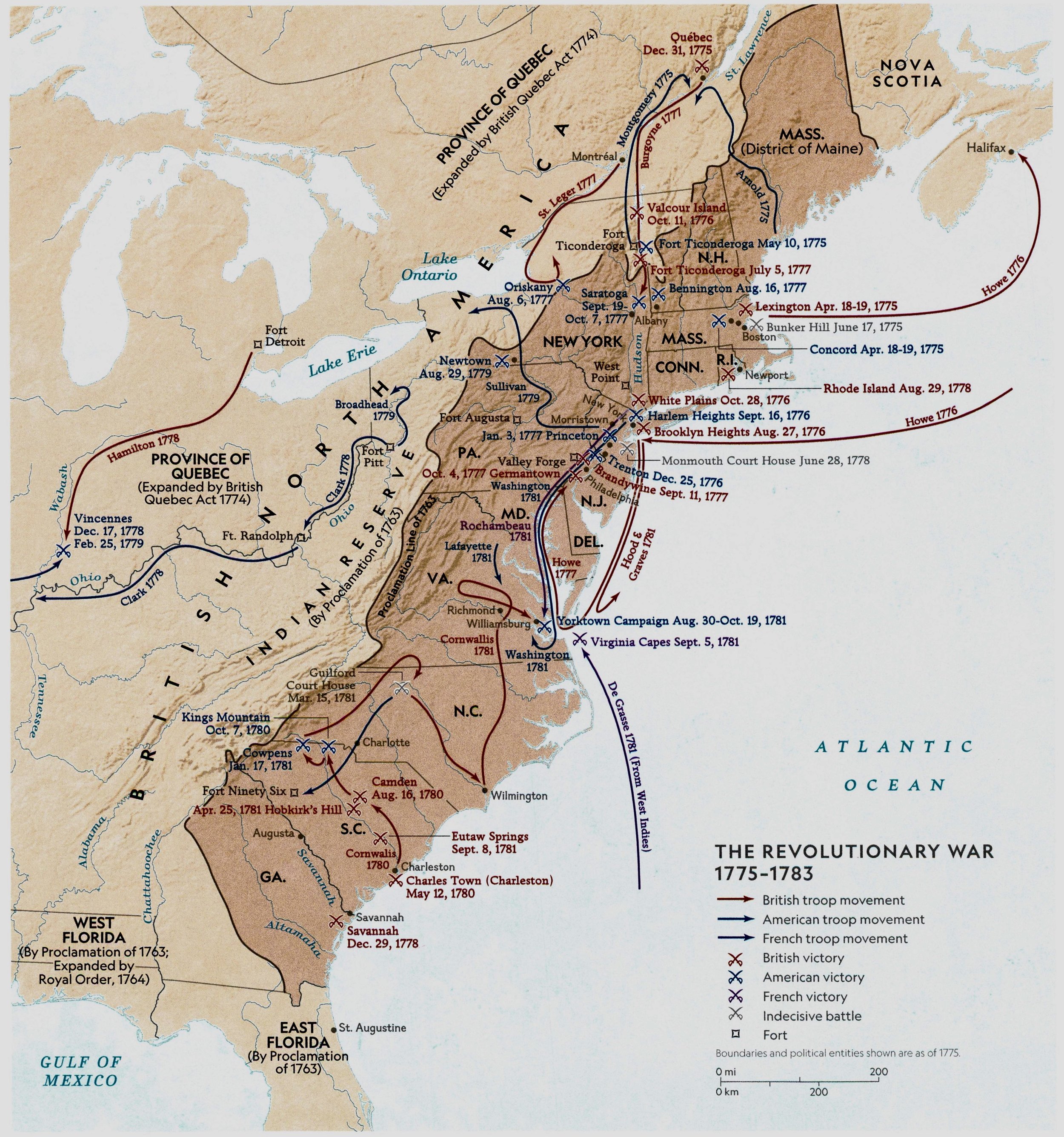British Strategic Defeat in the Southern Campaign by Pearson
Ref: Jesse Pearson (2015). British Strategic Defeat in the Southern Campaign. Southern Springs Publishing.
___________________________________________________________________________________
Summary
British Strategy and Tactics in the American Revolutionary War.
In the early stages of the war, Lord Barrington, secretary of war, proposed a coastal Enclave Strategy with naval command of the seas enforcing an economic blockade and commerce control, then secretary of war. An enclave strategy had the salutary effect of providing a protected area for Loyalists as well as the ability of Crown authorities to support Loyalist business and industry while concurrently hampering rebels outside the protected areas. However, both the King and Germain preferred the iron fist, crush the rebellion by brute force approach; the coastal enclave idea died swiftly.
___________________________________________________________________________________
British Strategic Failures
Lack of strategic and operational coherence and a devastating breakdown in unity of command and effort as each node of the strategic and operational decision-making triad worked at cross purposes with differing concepts of the appropriate overall strategy and resultant operations.
Strategic Leadership failed in terms of the inability to recognize and execute an appropriate strategy and resultant operational execution, particularly the sea power aspect, while the key field commander, though of a bold and aggressive nature, substituted operational brilliance for strategic acumen when faced with a master strategist as the key opponent.
The British failed to understand the true nature of the conflict in the South.
The British failed to gain and maintain "command of the sea."
The British failed to ensure unity of command and unity of effort
Placed potential neutrals on "death ground."
Clinton fixated on Philadelphia, believing he could control the colonies from the capital.
___________________________________________________________________________________
British Command & Control
Lord George Germain: Secretary of State for the Americas.
Clinton: North American Commander in Chief.
Vice Admiral Sir Marriott Arbuthnot: North American Royal Navy Commander (& his successor, Admiral Graves).
General Cornwallis: Operational Field Commander.
___________________________________________________________________________________
Strategy & Tactics
A successful commander will feign weakness and disorder, disguise his movement and entice the enemy to act imprudently. Once the deception is accomplished, he swiftly attacks at an unexpected weak point, and, if tactical surprise is achieved, overwhelms the stunned opponent. Bevin Alexander, a prominent military leadership analyst, advocates the tactical principle of "convergent assault" whereby the successful commander divides his force into two or more bodies and attacks the enemy simultaneously while maintaining close coordination and control. Often, one force will hold the enemy in place and distract its attention while the second, through speed, mobility, and maneuver, surprises and overwhelms the defense. Almost all victorious generals achieve their results by successful movements against an enemy's flanks or rear. At the point of attack, they concentrate their forces at the most vulnerable and important position. Once the enemy is beaten, the failure to follow-up with a vigorous pursuit often allows him to reform and reengage at a later date.
1) approach on a line of least resistance; 2) maneuver in the enemy's rear; 3) occupy the central position; 4) employ a plan with branches; 5) deliver convergent blows.
Strategy of Annihilation: Profound destruction of the enemy's capability to continue war, usually through battle.
Strategy of attrition: A gradual wearing down of the opponent until they cannot physically continue or loses the will to carry on, often through small actions and harassment.
___________________________________________________________________________________
Chronology
10 Jun, 1781: French troops begin moving from Newport towards Virginia. In response, Clinton dispatched 2,000 British troops under General Phillips to the Chesapeake to reinforce Arnold. A force of 20 warships ferried the force to Hampton Roads. Phillip's orders carried the germ of the coming disaster. In addition to supporting Arnold and placing himself under Cornwallis' command, he was to harass rebel positions and interdict supplies as well as establish a defensible post on the Chesapeake from which ships-of-the-line could anchor and operate. Thus was born the plan that unfolded with the eventual establishment of the Yorktown post.-British Strategic Defeat by Pearson.
25 Apr, 1781: The British Virginia Plan begins when Cornwallis, with 1400 men, marches North out of Wilmington, towards VA.-British Strategic Defeat by Pearson.
15 Mar, 1781: Battle of Guilford Courthouse; nearly a quarter of Cornwallis’ force are killed or wounded.-British Strategic Defeat by Pearson.
3 Jun, 1780: Clinton announces a decree stipulating that all citizens who fail to take the oath of allegiance to the crown are in rebellion.-British Strategic Defeat by Pearson.
22 May, 1780: Clinton makes a series of proclamations, granting lenient paroles to captured soldiers and promising harsh treatment for anyone guilty of harassing or attacking loyalists.-British Strategic Defeat by Pearson.
1780: ~5500 French forces land in Rhode Island to help the Americans fight the British.-British Strategic Defeat by Pearson.
1778: Britain is fighting three different wars; one conventional, one irregular, and one revolutionary against the American colonies.-British Strategic Defeat by Pearson.
1755-1763: The 7 Years War is fought between England and France.-British Strategic Defeat by Pearson.
___________________________________________________________________________________
